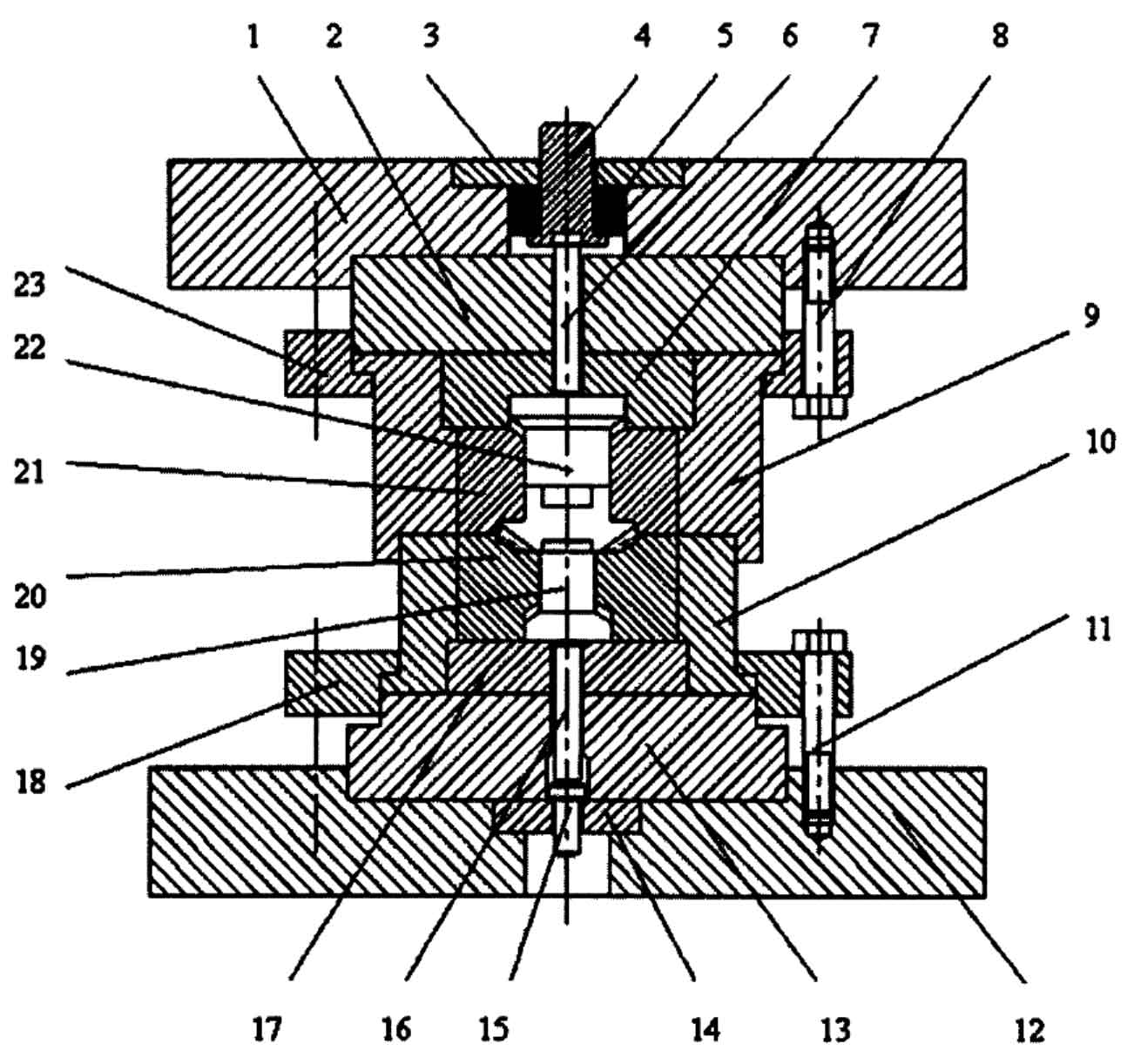Heat treatment is a crucial step in the gear forging process that can significantly enhance the properties and performance of gears. Over the years, advancements in heat treatment techniques have allowed for more precise control over the microstructure and properties of forged gears. Here are some advancements in heat treatment that have contributed to enhanced gear properties:

- Case Hardening: Case hardening is a heat treatment technique used to increase the surface hardness and wear resistance of gears while maintaining a tough and ductile core. Advancements in case hardening methods, such as carburizing and nitriding, have improved the depth and uniformity of the hardened layer, resulting in gears with improved surface hardness, wear resistance, and contact fatigue resistance.
- Induction Hardening: Induction hardening is a rapid and localized heat treatment process that selectively hardens specific areas of the gear, such as the tooth flanks or root fillets. Advancements in induction heating technology and process control have allowed for precise control of heating patterns and depth of hardening, resulting in gears with tailored hardness profiles. Induction hardening enhances the surface durability and fatigue resistance of gears, particularly in high-load areas.
- Through-Hardening: Through-hardening is a heat treatment process that involves uniformly hardening the entire gear by quenching and tempering. Advancements in quenching techniques, such as improved quenching media and temperature control, have led to reduced distortion and improved dimensional stability of forged gears during the heat treatment process. Through-hardening provides gears with uniform hardness and improved strength throughout the entire cross-section, ensuring consistent performance and durability.
- Cryogenic Treatment: Cryogenic treatment involves subjecting gears to extremely low temperatures to enhance their mechanical properties. Advancements in cryogenic treatment processes have led to improved dimensional stability, increased hardness, reduced residual stress, and enhanced wear resistance of gears. Cryogenic treatment can be combined with other heat treatment methods to further optimize the properties of forged gears.
- Advanced Quenching Techniques: Quenching is a critical step in heat treatment that involves rapid cooling to achieve the desired hardness and microstructure. Advancements in quenching techniques, such as tailored quenching, selective quenching, or interrupted quenching, have allowed for more precise control over the cooling rate, resulting in improved control over the microstructure and properties of forged gears. These advanced quenching techniques help minimize distortion, reduce residual stresses, and enhance the overall performance of gears.
- Residual Stress Management: Residual stresses can negatively affect the performance and durability of gears. Advancements in heat treatment techniques, such as stress relieving, shot peening, or low-temperature tempering, have been developed to manage and reduce residual stresses in forged gears. By optimizing the heat treatment parameters and applying stress relief techniques, gears can be produced with reduced residual stresses, improved dimensional stability, and enhanced fatigue resistance.
- Simulation and Modeling: The use of advanced computer simulation and modeling techniques has revolutionized the heat treatment process for gears. These tools enable manufacturers to predict and optimize the microstructural evolution, distortion, and residual stress distribution during heat treatment. By simulating and analyzing different heat treatment scenarios, manufacturers can make informed decisions, optimize process parameters, and ensure the desired gear properties are achieved.
These advancements in heat treatment techniques have significantly improved the properties and performance of gears produced through forging. By precisely controlling the microstructure, hardness, residual stress, and distortion, gear manufacturers can produce gears with enhanced strength, durability, wear resistance, and fatigue life. These advancements contribute to the development of high-performance gears that can withstand demanding operating conditions and meet the stringent requirements of various industries, including automotive, aerospace, defense, and more.
